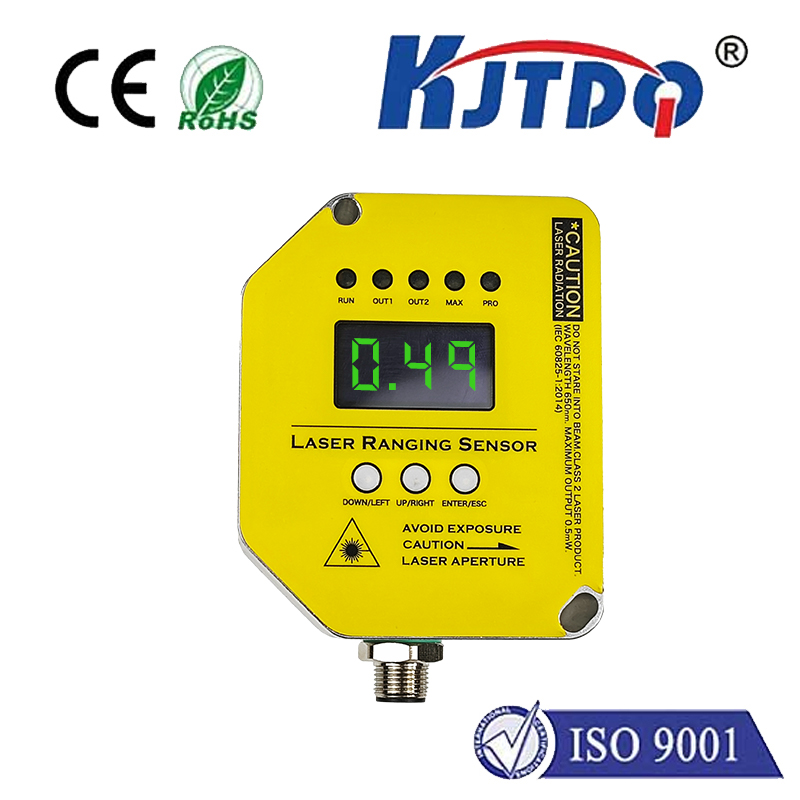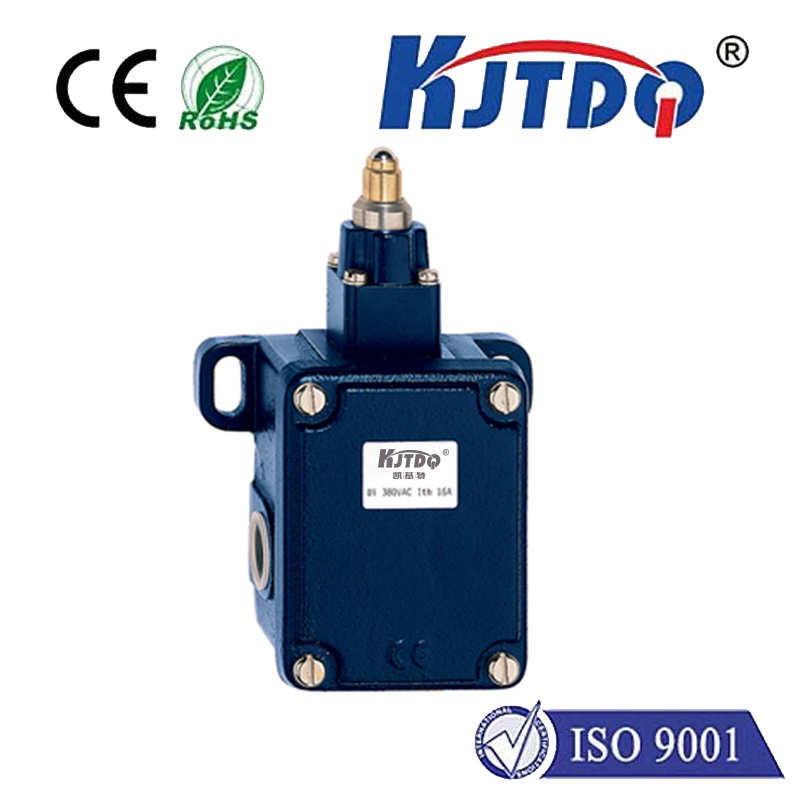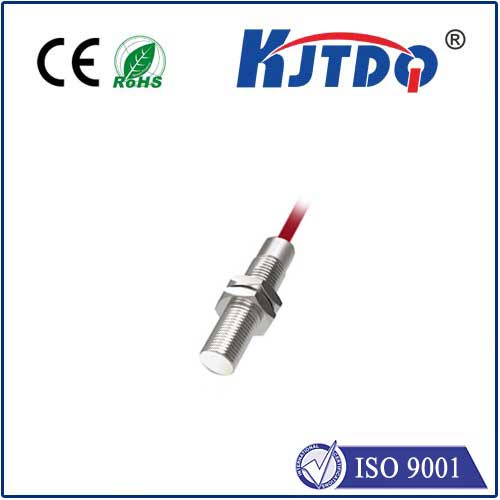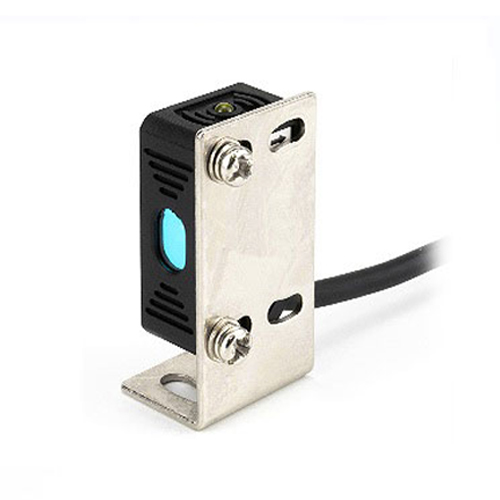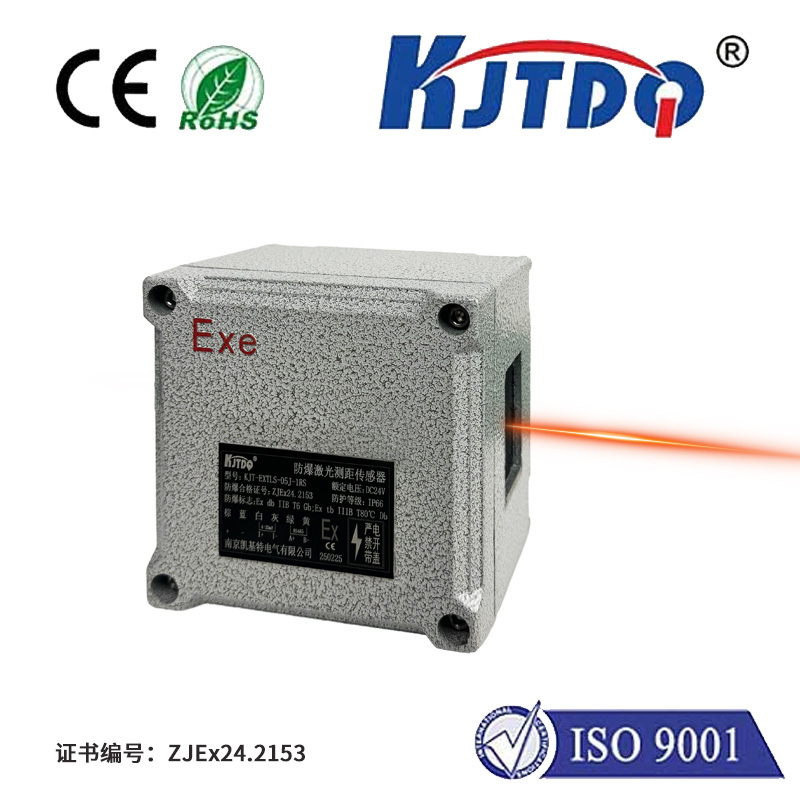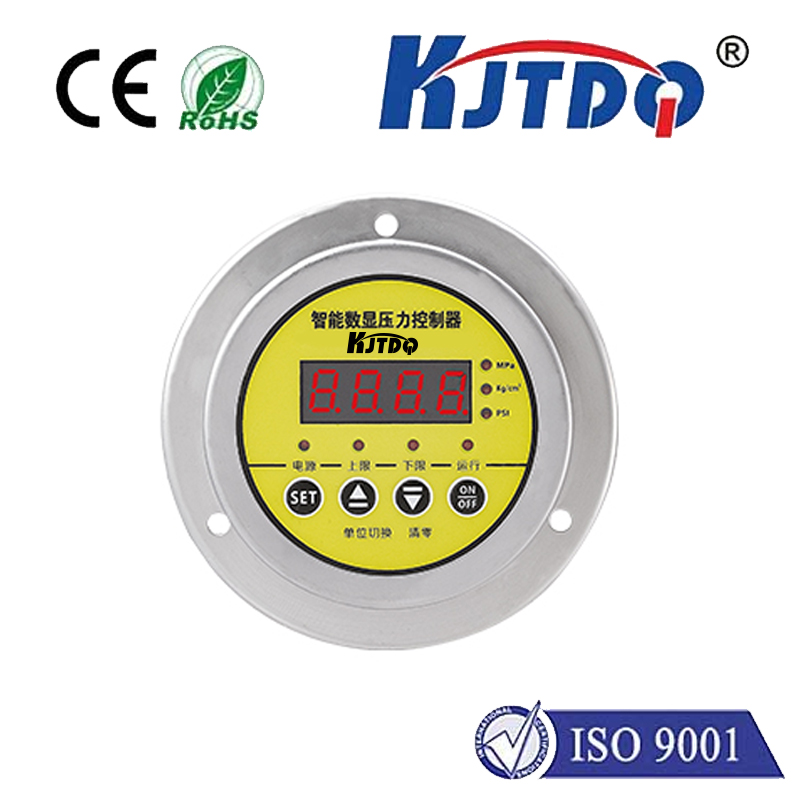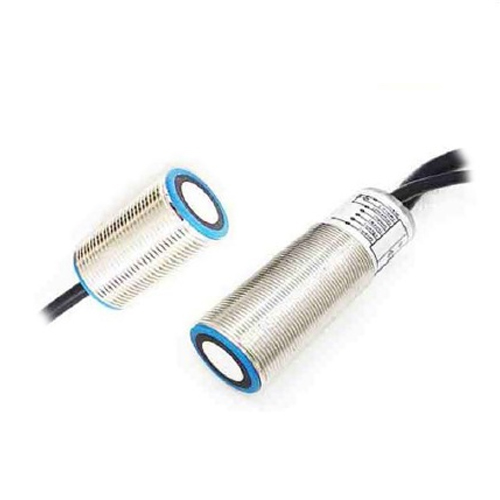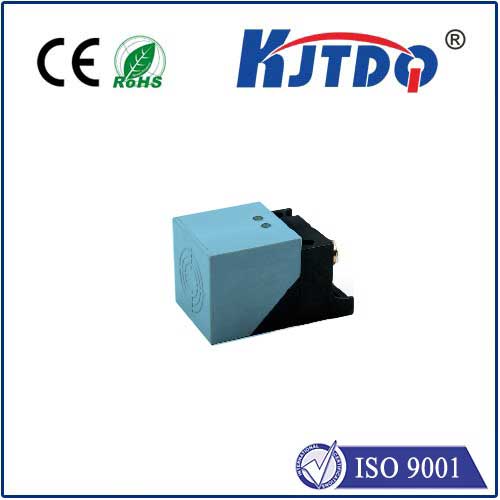laser water flow sensor
- time:2025-09-08 17:35:45
- Click:0
Unlock Precision Flow Measurement: The Science Behind Laser Water Flow Sensors
In a world increasingly driven by data and efficiency, accurately measuring the flow of water—whether in an industrial process, an irrigation system, or a sophisticated laboratory setup—is paramount. Traditional methods often involve intrusive elements or moving parts prone to wear and drift. But what if you could measure flow with pinpoint accuracy, without ever touching the liquid? Enter the innovative world of laser water flow sensors, a technology revolutionizing liquid measurement through non-contact precision.
How Do Laser Water Flow Sensors Actually Work?
The core principle relies on the Doppler effect, the same phenomenon that changes the pitch of an ambulance siren as it passes you. Here’s a breakdown:
- Laser Emission: The sensor projects a focused laser beam through the transparent wall of a pipe or conduit carrying the water.
- Particle Interaction: This laser light interacts with minute particles or inherent microscopic air bubbles naturally present within the flowing water. These particles act as “tracers.”
- Doppler Shift Detection: As these particles move with the water flow, they scatter the laser light. Crucially, the frequency of this scattered light shifts slightly compared to the original beam:
- If a particle moves towards the sensor, the scattered light frequency increases (blue shift).
- If a particle moves away from the sensor, the frequency decreases (red shift).
- Signal Analysis: A highly sensitive photodetector within the sensor captures this scattered light. Sophisticated electronics then analyze the magnitude of the frequency shift between the emitted and scattered light.
- Velocity Calculation: The size of the frequency shift is directly proportional to the velocity of the scattering particles – and therefore, the velocity of the water flow itself.
- Flow Rate Determination: By knowing the pipe’s cross-sectional area (which can be programmed into the sensor), the measured flow velocity is converted into a volumetric or mass flow rate.
Key Advantages of Laser Water Flow Measurement

Choosing a laser water flow sensor offers compelling benefits over traditional technologies like turbine, paddlewheel, or even some ultrasonic meters:
- Non-Intrusive & Non-Contact: The laser beam shines through the pipe wall. There are no parts inserted into the flow stream. This eliminates pressure drop, avoids clogging risks, and prevents any contamination of the fluid.
- Exceptional Accuracy & Precision: Laser Doppler velocimetry (LDV) is renowned for its high resolution and fidelity. Laser sensors deliver highly accurate velocity measurements, translating to precise flow rate data, often superior to simpler mechanical sensors.
- Minimal Maintenance: With no moving parts in contact with the fluid and no wear surfaces, laser water flow sensors require virtually no maintenance. They are immune to issues like bearing wear, seal failure, or mechanical fatigue.
- Preserves Fluid Integrity: The non-contact nature makes them ideal for sensitive applications like ultrapure water systems, pharmaceutical processing, food and beverage production, or any scenario where preserving fluid purity is critical.
- Unidirectional & Bidirectional Capability: While most measure flow direction inherently, advanced configurations can clearly detect and measure flow reversal.
- Wide Velocity Range: Capable of measuring very low to very high flow velocities effectively.
- Compatibility: Works well with various fluids as long as they contain some particulates or bubbles and are flowing through a transparent (or at least translucent to the laser wavelength) pipe section. Common choices include glass, acrylic, or certain plastics.
Where Laser Water Flow Sensors Shine: Applications
The unique advantages open doors to numerous demanding applications:
- Life Sciences & Pharmaceuticals: Monitoring critical processes involving purified water, buffers, or sensitive biological fluids where contamination is unacceptable (e.g., bioreactors, chromatography systems, filling lines). Hygiene is paramount here.
- Semiconductor Manufacturing: Controlling flow rates of ultra-pure water (UPW) and high-purity chemicals in wafer fabrication processes. Accuracy and non-contamination are non-negotiable.
- Food & Beverage: Measuring flow in sanitary processes like ingredient dosing, CIP (Clean-in-Place) systems, bottling, and filling lines without risk of harboring bacteria or affecting product taste. Sanitary design compatibility is key.
- Chemical Processing: Accurately dosing or metering aggressive or corrosive chemicals where intrusive sensors would quickly degrade. Chemical resistance is inherent through non-contact.
- Research & Development: Providing precise flow data in laboratory settings for experiments, calibrations, and prototype testing. High precision is essential for valid results.
- Irrigation & Water Management: Monitoring water flow in transparent conduits for optimized usage and leak detection.
- HVAC & Energy Systems: Measuring chilled or hot water flow rates for efficient energy management in building systems.
Important Considerations
While powerful, laser water flow sensors have specific requirements:
- Pipe Material: Requires a straight section of optically transparent pipe (glass, clear PVC, acrylic, etc.). They cannot work through opaque metal pipes. Specialized sensors might work with limited success on thin-walled opaque pipes using scattered light from the pipe wall itself, but performance is generally optimized with transparency.
- Optical Access: The sensor head must clamp or mount securely onto the pipe, ensuring a clear optical path and minimizing interference from external light sources.
- Particle Content: While extremely sensitive, the fluid must contain some level of small particles, bubbles, or inherent turbidity to scatter the laser light. Perfectly pure, particle-free water can be challenging (though often microbubbles or minor impurities suffice).
Embracing Laser Precision
Laser water flow sensors represent a significant leap forward in flow measurement technology. By harnessing the physics of light and the Doppler effect, they deliver contactless, highly accurate, and exceptionally reliable flow data where traditional methods fall short. For industries demanding the highest levels of hygiene, precision, and minimal maintenance—particularly in life sciences, semiconductors, food & beverage, and critical chemical processing—this technology offers an unparalleled solution. When the integrity of your fluid and the precision of your measurement are crucial, looking towards the focused beam of a laser sensor provides a clear advantage.






